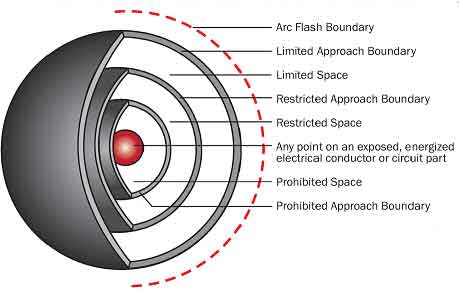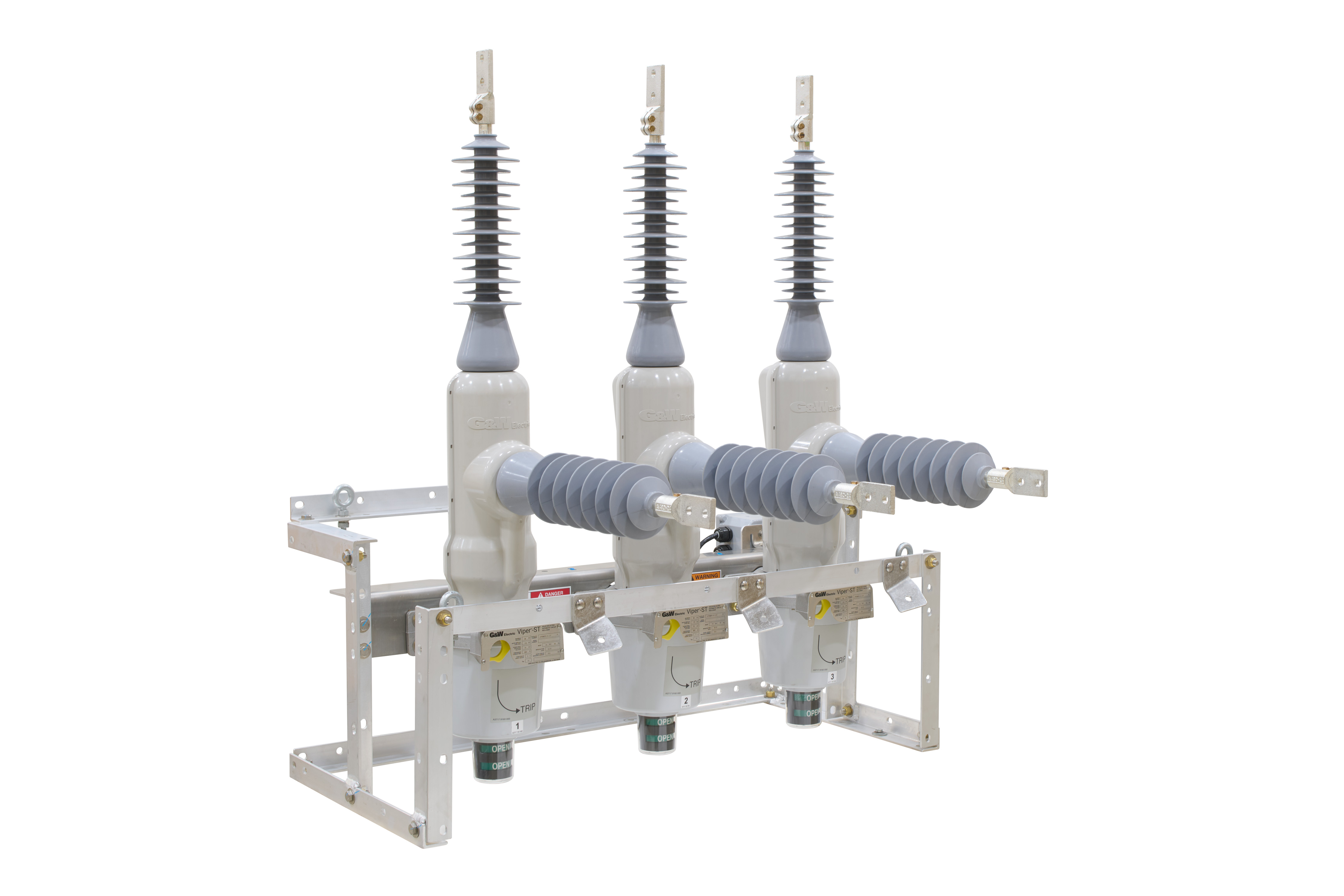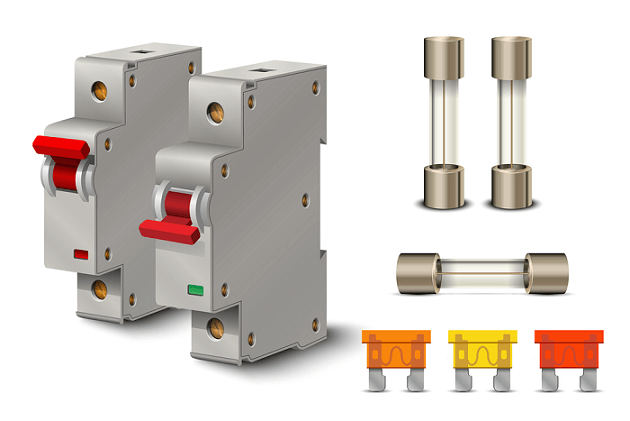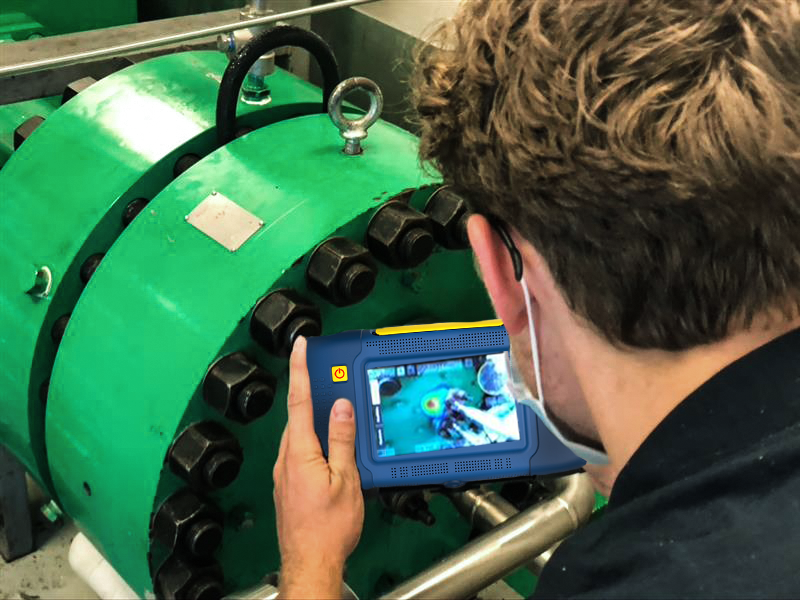Relay and Circuit Breaker Coordination
Substation Relay Protection Training
Our customized live online or in‑person group training can be delivered to your staff at your location.

- Live Online
- 12 hours Instructor-led
- Group Training Available
Download Our NFPA 70E Fact Sheet – 2024 Electrical Safety Edition
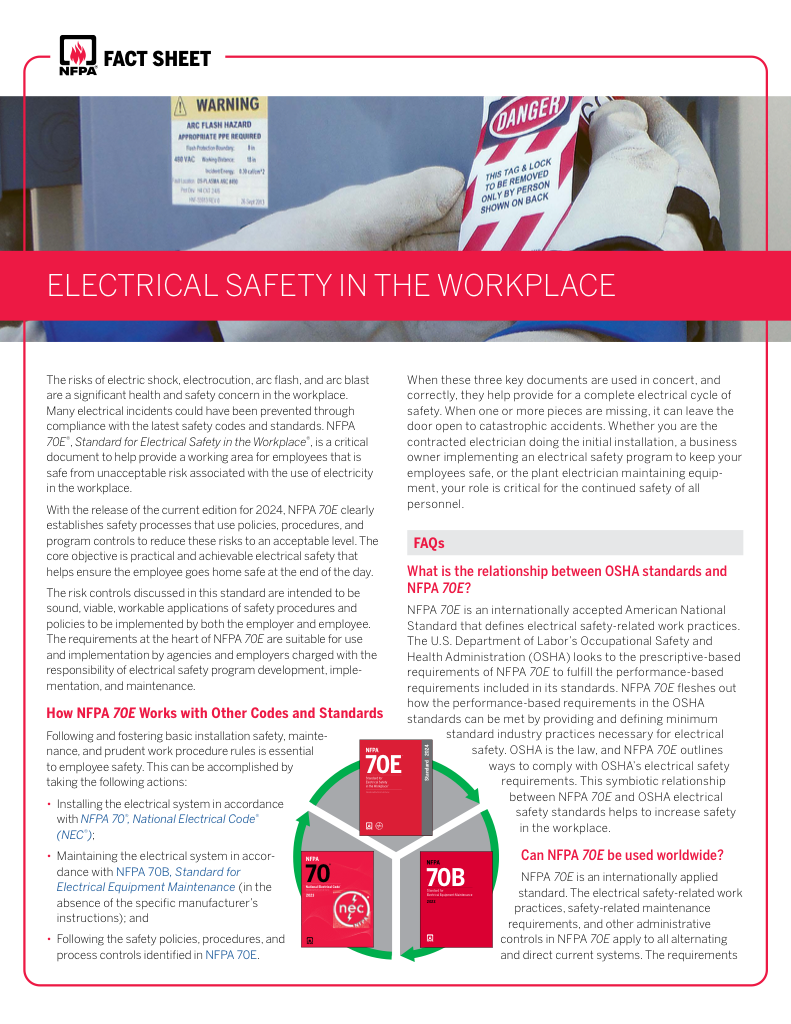
- Understand how NFPA 70E works with NEC and NFPA 70B standards
- Clarify the shared responsibility between employers and employees
- Learn how NFPA 70E supports OSHA compliance
Relay and circuit breaker coordination ensures selectivity and discrimination using time-current curves, protection settings, grading margins, and short-circuit analysis to optimize fault clearing, minimize arc flash energy, and improve power system protection reliability.
What Is Relay and Circuit Breaker Coordination?
A protection study aligning relays and breakers for selective fault clearing, minimal arc flash, and system reliability.
✅ Set time-current curves and pickup levels for selectivity
✅ Validate grading margins via short-circuit and coordination studies
✅ Limit arc flash and nuisance trips while meeting IEC/IEEE standards
Relay and circuit breaker coordination is the process of ensuring that the protective devices in an electrical power system work together effectively to isolate and clear faults with minimal disruption to the system. This coordination is essential to maintain the reliability, safety, and efficiency of the electrical network. For readers new to relay operation, the overview in how a relay functions clarifies sensing principles and typical trip logic.
In a power system, there are multiple protective devices such as relays, circuit breakers, fuses, and other protection schemes. When a fault occurs, these devices must operate in a coordinated manner to detect, isolate, and clear the fault. The main goals of coordination are:
- Selectivity: The protective devices should operate in such a way that only the faulty section of the system is isolated, leaving the rest of the system unaffected. This minimizes the impact on healthy parts of the network and reduces the risk of cascading failures.
- Speed: The protective devices should act quickly to clear faults, minimizing the potential for equipment damage and reducing the risk of injury to personnel.
- Sensitivity: The protective devices should be sensitive enough to detect and respond to even the smallest faults, ensuring that the system remains protected at all times.
- Reliability: The protective devices should be reliable and consistent in their operation, ensuring that the system remains protected in all conditions.
Among these devices, the role of protective relays is to interpret abnormal conditions and initiate isolation commands.
Electricity Today T&D Magazine Subscribe for FREE

- Timely insights from industry experts
- Practical solutions T&D engineers
- Free access to every issue
Coordination is achieved by setting the operating characteristics, such as current and time settings, of the protective relays and other devices in a way that ensures the most appropriate device operates first in response to a fault. This often involves using time-current curves, which represent the time it takes for a device to operate at different current levels. By adjusting the settings and comparing these curves, engineers can ensure that devices are coordinated correctly to provide optimal protection for the system. Time-current coordination is commonly implemented with an overcurrent relay whose curve can be graded with upstream and downstream devices.
If you want to own a robust commercial power system, then you must invest in a proper power distribution system design involves several steps. These steps include: examination of line diagrams, a short circuit analysis, coordination study, selective coordination and integration of overcurrent protective devices. It is incumbant on electrical engineers to understand power system protection relay settings. As part of that design, robust overcurrent protection ensures selective clearing while supporting equipment duty compliance.
What role does a circuit breaker play in electrical protection?
A CB plays a critical role in electrical protection by safeguarding electrical systems and equipment against overloads, short circuits, and other faults. For example, when a fault condition, such as an excessive current flow, occurs in an electrical circuit, the circuit breaker detects the abnormality. As a result, it automatically interrupts the current flow to prevent damage to electrical equipment and wiring and to reduce the risk of electrical fires or other hazards. For context on device construction and ratings, see what is a circuit breaker for definitions that align with code terminology.
Here are the primary roles a circuit breaker plays in electrical protection:
- Overload protection: CBs protect electrical circuits from overloads, which occur when too much current flows through a circuit due to an excessive load or demand. The circuit breaker prevents overheating and damage to the electrical system and connected devices by tripping and disconnecting the circuit.
- Short circuit protection: Short circuits happen when a live wire comes into contact with a neutral or ground wire, leading to a sudden surge in current. Circuit breakers detect this abnormal condition and quickly interrupt the flow of current, protecting electrical equipment and wiring from damage and minimizing the risk of electrical fires.
- Ground fault protection: Ground faults occur when there is a leakage of current to the ground due to damaged insulation or faulty wiring. Some circuit breakers, like Ground Fault Circuit Interrupters (GFCI), are specifically designed to detect ground faults and quickly disconnect the circuit to prevent electrical shocks and fires.
- Coordination and isolation: Multiple circuit breakers protect different levels in a power system. When a fault occurs, the coordination between circuit breakers ensures that only the affected portion of the system is isolated, minimizing disruptions and maintaining the overall system's stability.
How does a CB communicate with an electrical relay?
A CB communicates with an electrical relay through control circuits and communication protocols. Electrical relays, also known as protective relays, are devices that monitor specific parameters in the power system, such as voltage, current, and frequency. When the relay detects abnormal conditions or faults, it sends a trip signal to the CB to open the circuit, interrupts the current flow, and isolates the faulty section of the power system. If you need a primer on device types, this brief guide to what is a protective relay helps frame the communication path and tripping workflow.
FREE EF Electrical Training Catalog
Download our FREE Electrical Training Catalog and explore a full range of expert-led electrical training courses.

- Live online and in-person courses available
- Real-time instruction with Q&A from industry experts
- Flexible scheduling for your convenience
Here's a brief overview of how a circuit breaker communicates with an electrical relay:
- Sensing and monitoring: The relay continuously monitors the electrical parameters of the system through current transformers (CTs), and voltage transformers (VTs) connected to the power lines. These transformers convert high-voltage and high-current signals into lower levels suitable for the relay's input.
- Fault detection: When the relay detects a fault or abnormal condition based on the pre-set thresholds and settings, it initiates a trip signal. These settings are typically adjustable and can be customized based on the system's requirements and coordination with other protective devices.
- Trip signal transmission: The trip signal is sent from the relay to the circuit breaker through control wiring, which connects the relay's output contacts to the circuit breaker's trip coil. In some modern power systems, digital communication protocols, such as IEC 61850, transmit trip signals and other information between relays and circuit breakers.
- Circuit breaker operation: Upon receiving the trip signal, the circuit breaker's trip coil is energized, activating the breaker's mechanical operating mechanism. This causes the circuit breaker box to open its contacts, interrupting the current flow and isolating the power system's faulty section.
- Reset and reclosing: After the fault has been cleared, the relay can also send a close signal to the CB, instructing it to close its contacts and restore power to the isolated section of the system. Some CBs have automatic reclosing functions, while others require manual intervention to reset and close the breaker.
What are the main challenges in achieving effective relay and circuit breaker coordination?
Achieving effective relay and circuit breaker coordination can be challenging due to several factors. Some of the main challenges include:
- System complexity: Modern power systems are increasingly complex, with numerous interconnected components, distributed generation sources, and changing load conditions. This complexity makes it more difficult to determine the appropriate settings for protective devices to ensure coordination.
- Varying fault conditions: Faults can occur in different locations, with varying magnitudes and types (such as short-circuits, ground faults, or overloads). Protective devices must be able to detect and respond to these diverse conditions while maintaining coordination.
- Infeed and outfeed effects: In large interconnected systems, the flow of fault current can be influenced by other connected devices or sources. These infeed and outfeed effects can complicate the coordination process and require careful consideration in the settings of protective devices.
- Selectivity vs. speed trade-off: Ideally, protective devices should operate quickly to minimize equipment damage and maintain system stability. However, faster operation can compromise selectivity, leading to unnecessary tripping of healthy sections of the network. Balancing selectivity and speed is a key challenge in coordination.
- Aging equipment and system changes: Over time, equipment may degrade or be replaced, and system configurations may change due to load growth, maintenance, or other factors. These changes can affect the coordination settings and may require periodic reviews and adjustments to maintain effective coordination.
- Multiple protection schemes: Modern power systems often employ multiple protection schemes and devices, including directional, distance, and differential relays. Coordinating these different protection schemes can be challenging and may require specialized expertise.
- Human factors: Proper coordination relies on accurate data, correct assumptions, and the expertise of the engineers responsible for setting up the protection system. Human error or miscommunication can lead to incorrect settings and compromised coordination.
Overcoming these challenges requires a thorough understanding of power system behavior, protective devices, and coordination principles. Engineers often use specialized software tools, time-current curves, and simulation techniques to analyze and optimize the coordination of relays and circuit breakers in power systems. In modern schemes, deploying multifunction relays can streamline coordination settings and reduce panel complexity.





